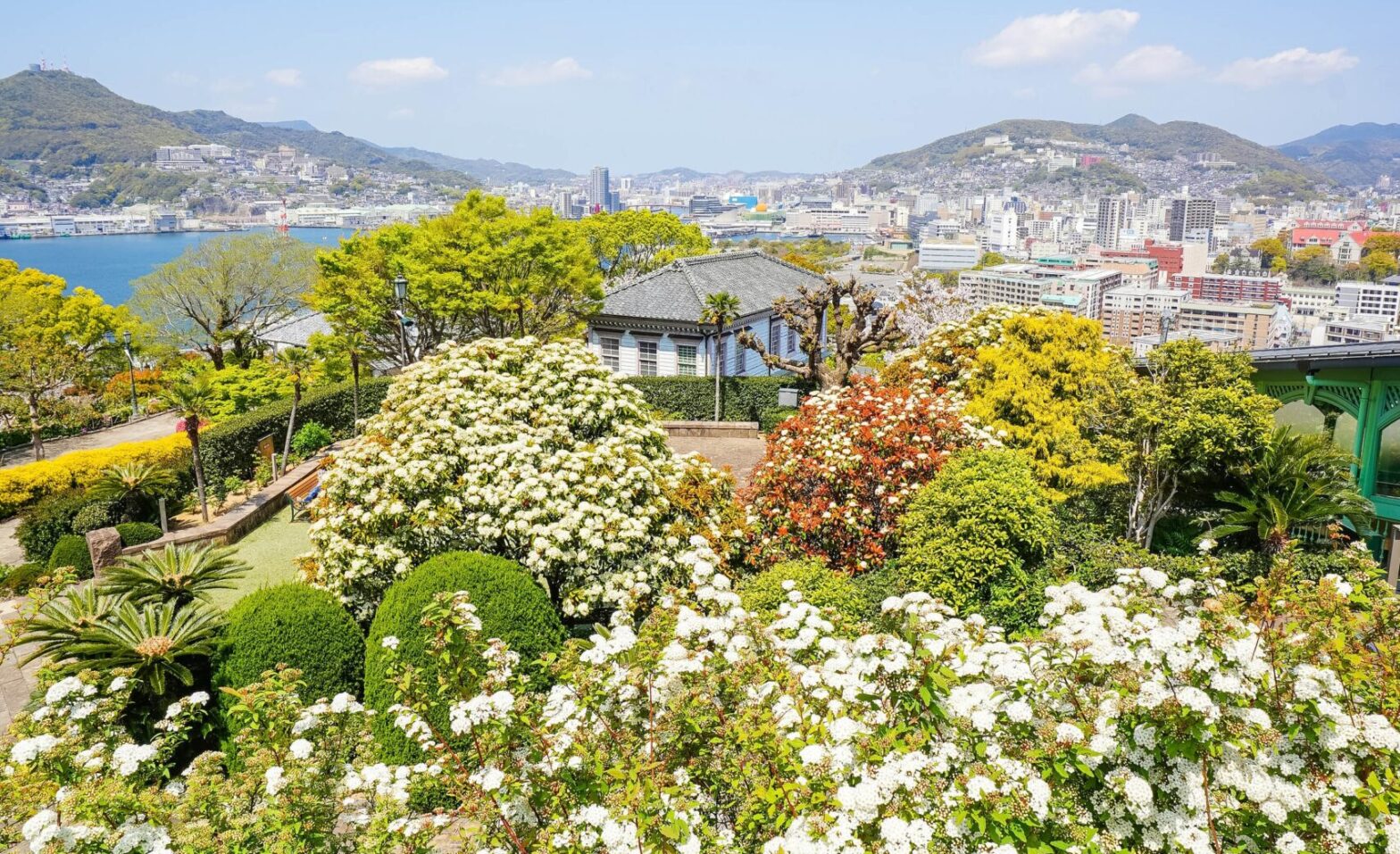Kyushu, Japan’s third-largest island, beckons with history, captivating landscapes, and culinary delights that reflect its unique blend of Asian and European influences. This is a destination where you can explore ancient ruins, rejuvenate in natural hot springs, and savor exquisite dishes in one remarkable journey.
Kyushu promises an extraordinary travel experience. It’s a place where history comes alive through magnificent architecture, where tranquility reigns in rejuvenating hot springs, and where culinary journeys delight the senses. As you explore Kyushu’s wonders, you’ll create lasting memories and gain a deeper appreciation for this remarkable part of Japan.
A Glimpse into Japan’s Cultural Treasures
Kyushu’s historical significance is captivating. The UNESCO World Heritage Site, Yoshinogari Historical Park, offers a window into Japan’s prehistoric era. Kyushu also played a pivotal role in Japan’s feudal era, evident in the historical sites of Kumamoto Castle and Nagasaki’s Glover Garden, where samurai and European legacies intersect.
For nature enthusiasts, Kyushu presents awe-inspiring landscapes. Ascend the volcanic peaks of Aso and Unzen, where lush greenery and scenic hiking trails beckon. Immerse yourself in the rejuvenating embrace of natural hot springs (onsen), each offering breathtaking views. Vibrant cities like Fukuoka and Kagoshima await urban adventurers.
Kyushu’s cultural tapestry is woven with vibrant festivals like Hakata Gion Yamakasa and the artistry of Arita porcelain. This island is a culturally colorful destination waiting to be explored.
Culinary Delights in Japan
Kyushu’s cuisine is a fusion of flavors, influenced by its proximity to Asia. Indulge in tonkotsu ramen’s rich pork bone broth, relish fresh seafood at local sushi establishments, and savor regional specialties like mentaiko and motsunabe.
Reaching Kyushu
Accessing Kyushu is effortless. Fukuoka Airport connects you to major Japanese cities and international destinations. Alternatively, trains and ferries provide scenic routes to the island.
The best times to visit Kyushu are in spring (March to May) and autumn (September to November) when mild weather graces the island. Cherry blossoms bloom and foliage paints the landscape during this time of year. Each season offers a unique charm, catering to diverse preferences and activities.
Kyushu is more than a destination; it’s a cultural treasure. Efforts to preserve and protect its historical sites are ongoing, ensuring that future generations can also bask in its splendor.





